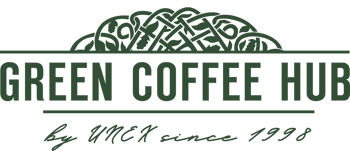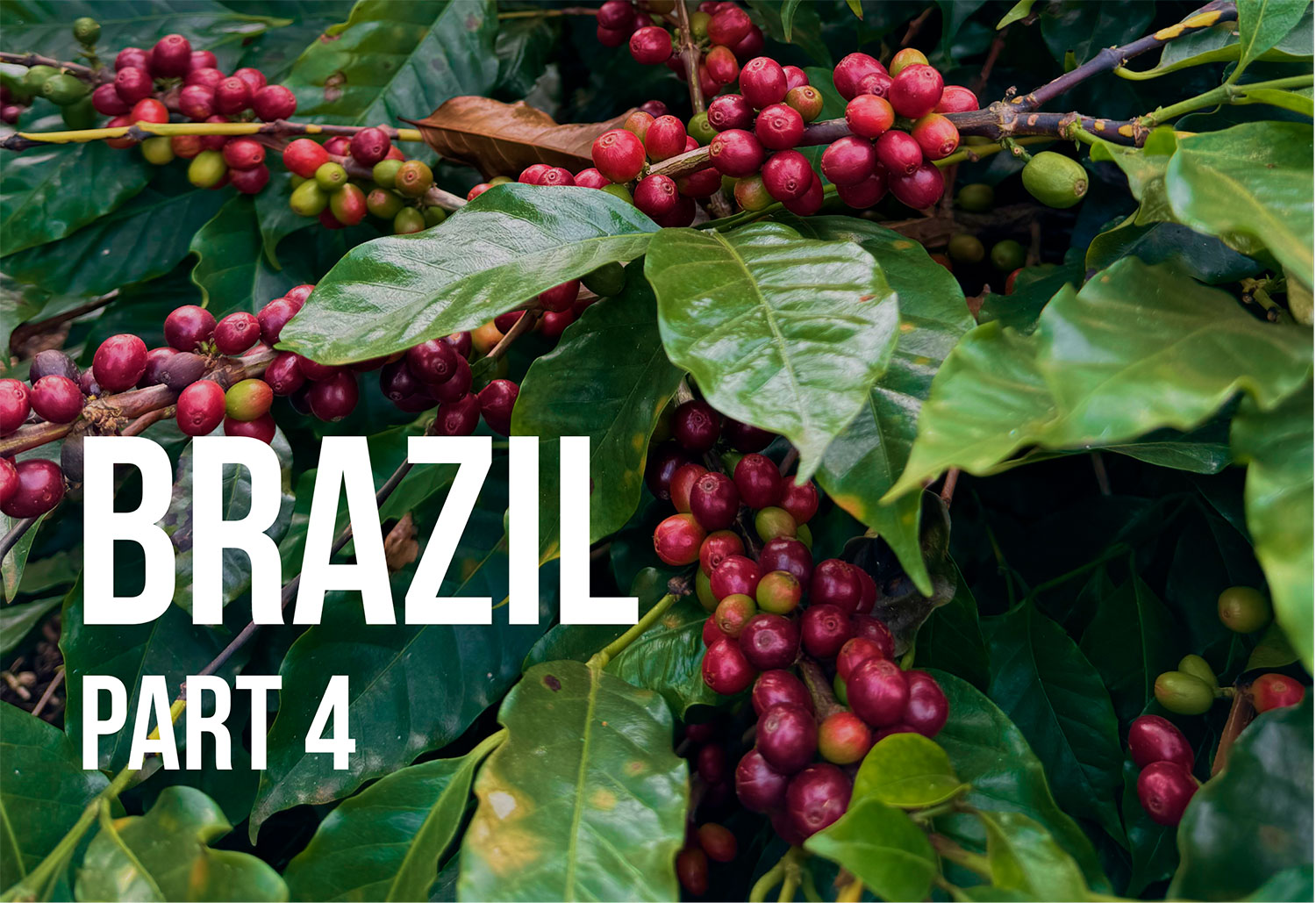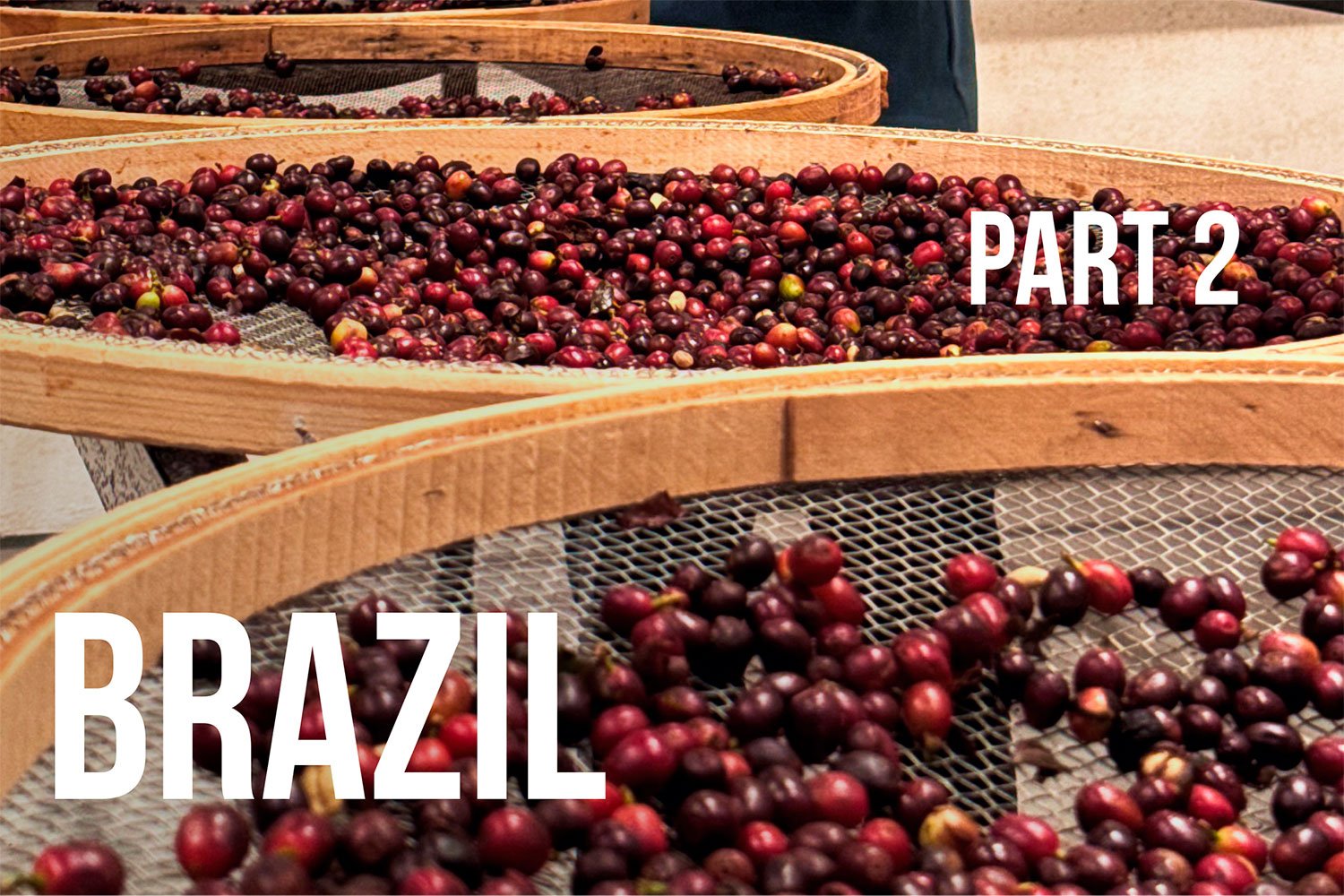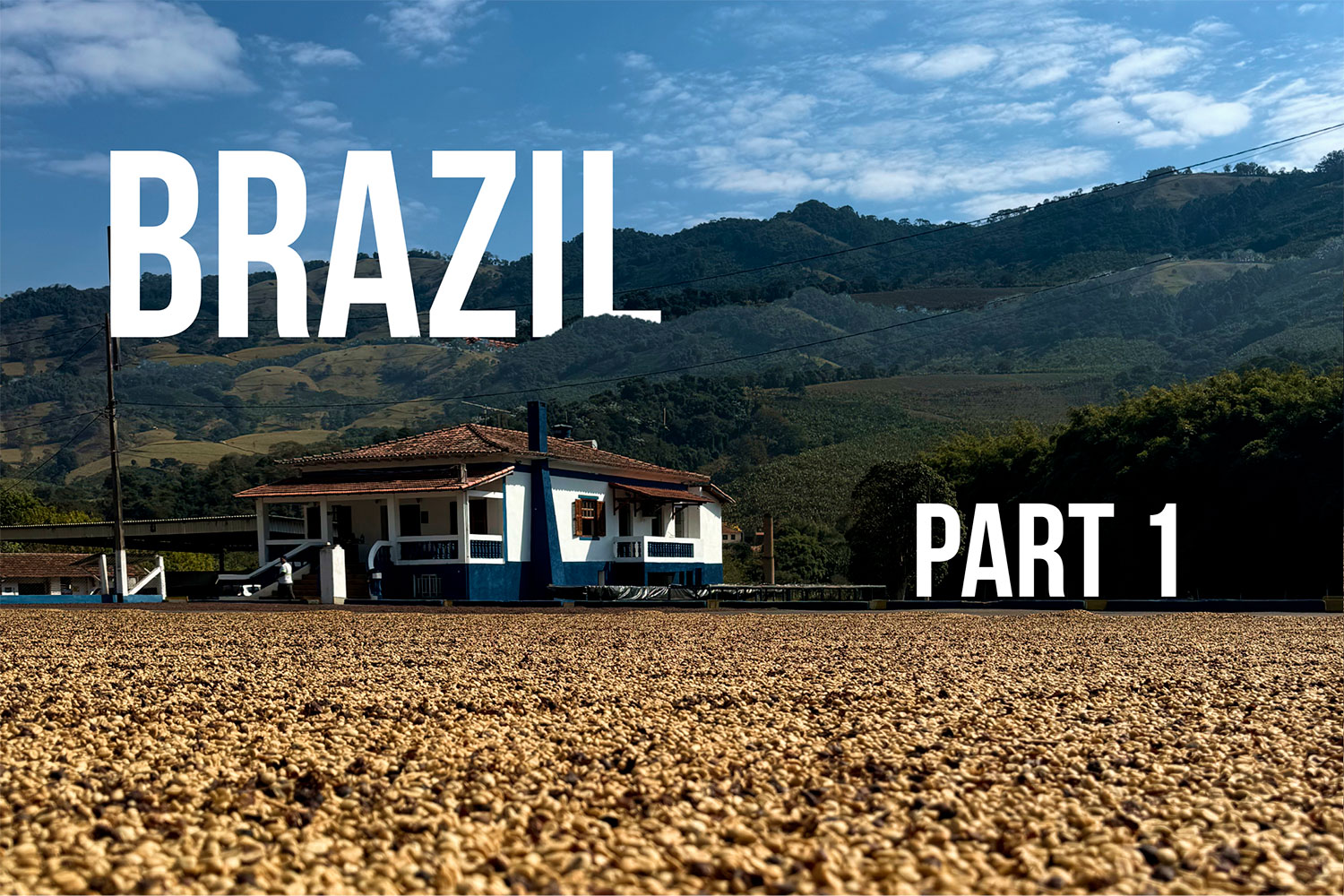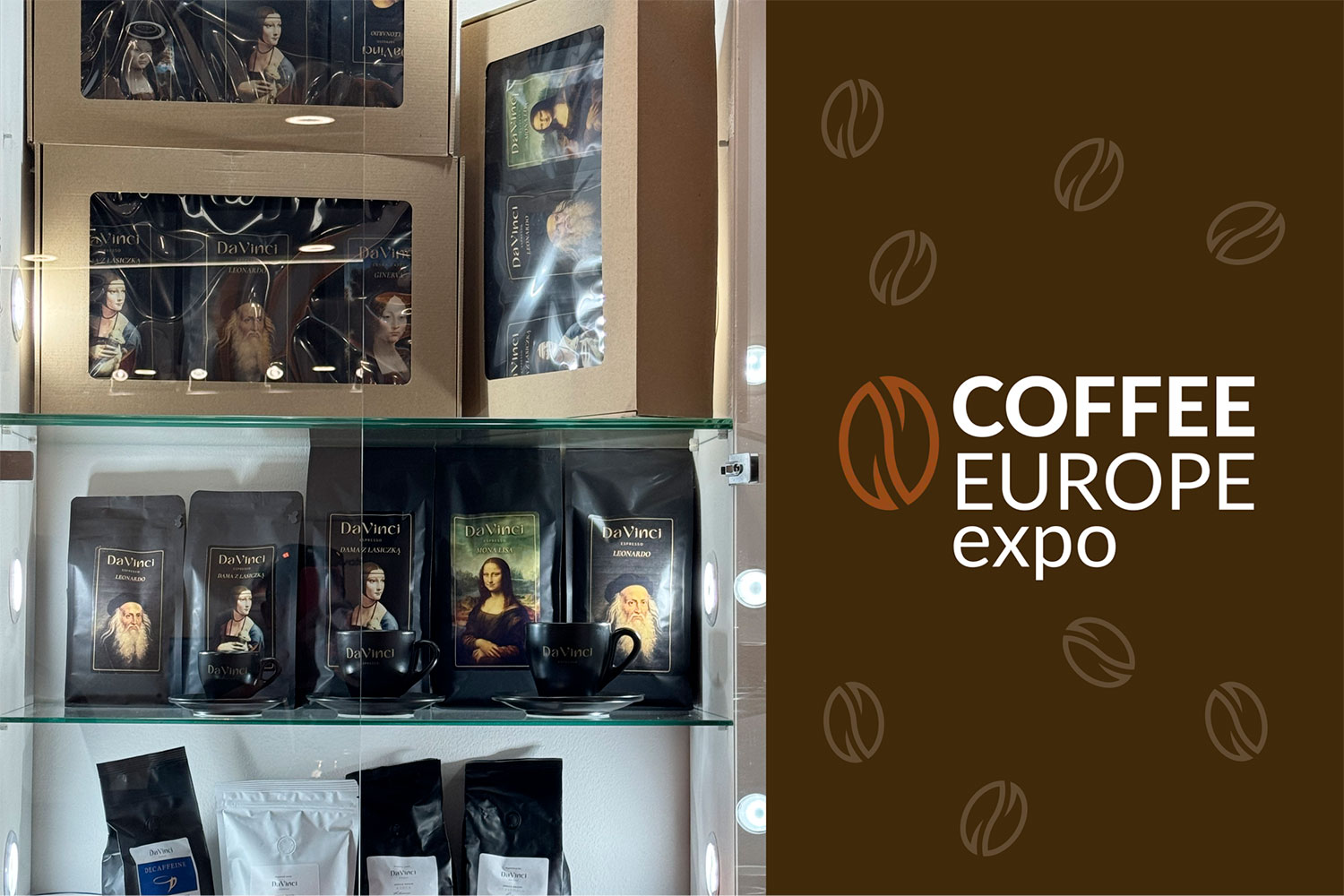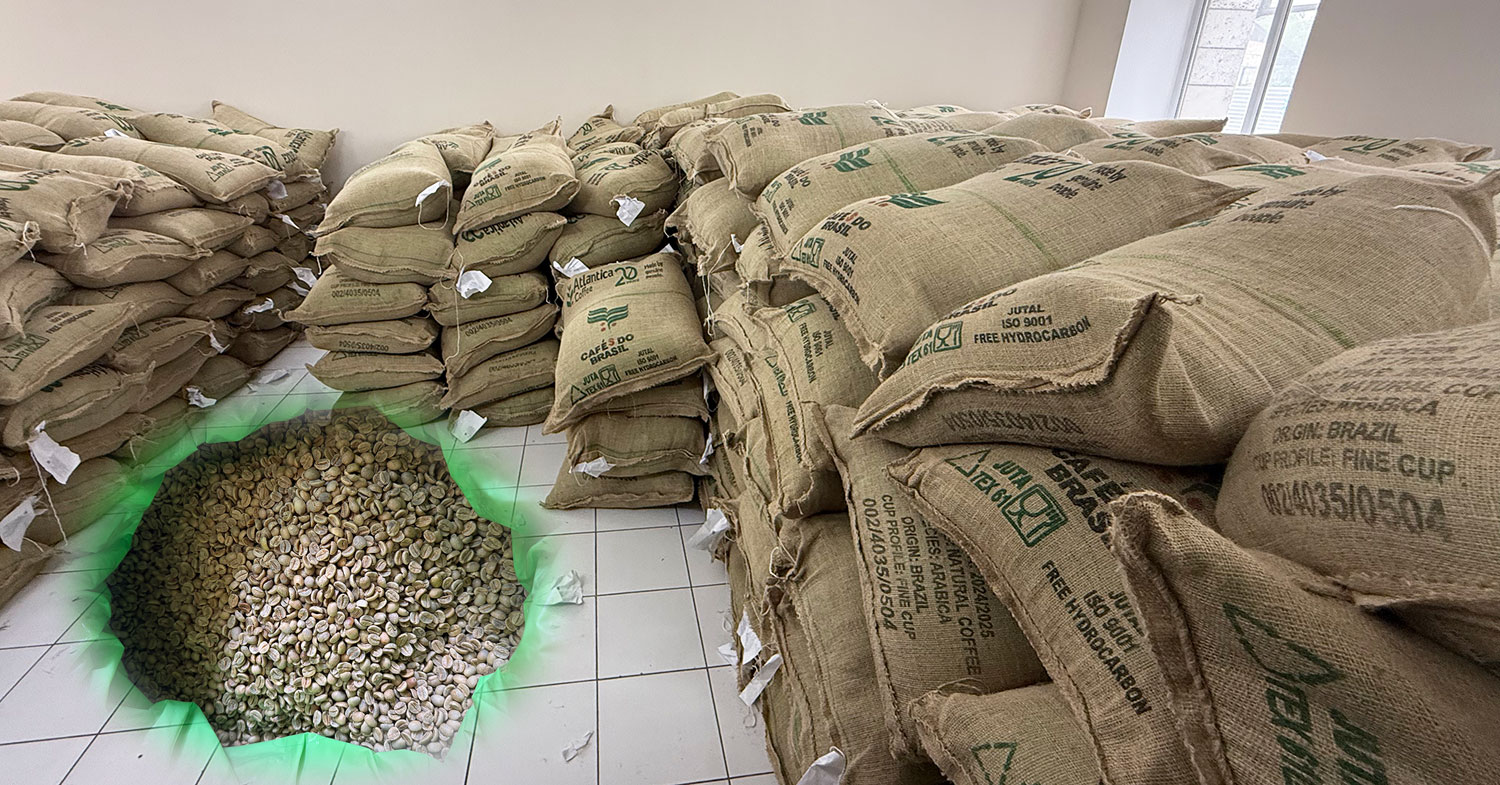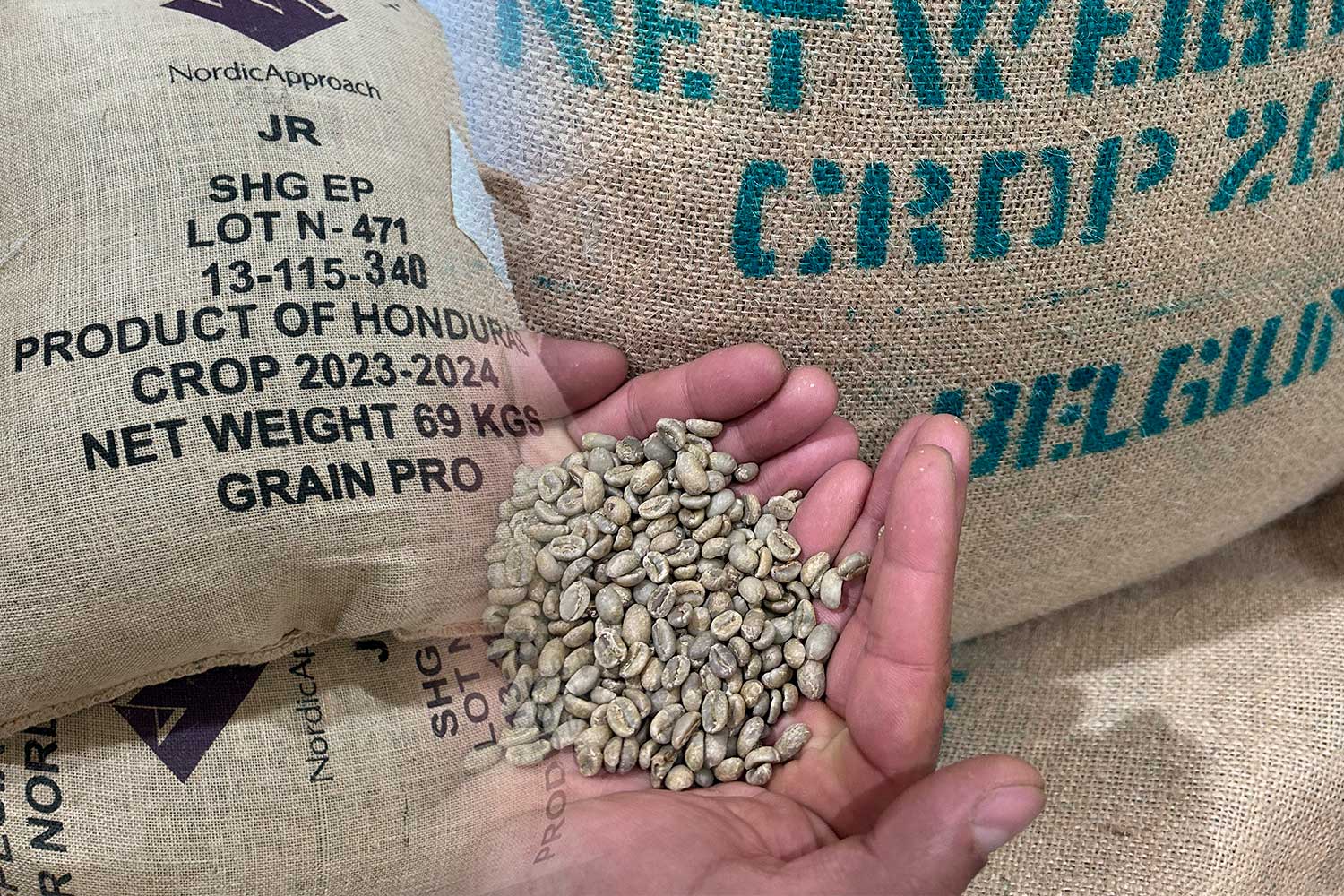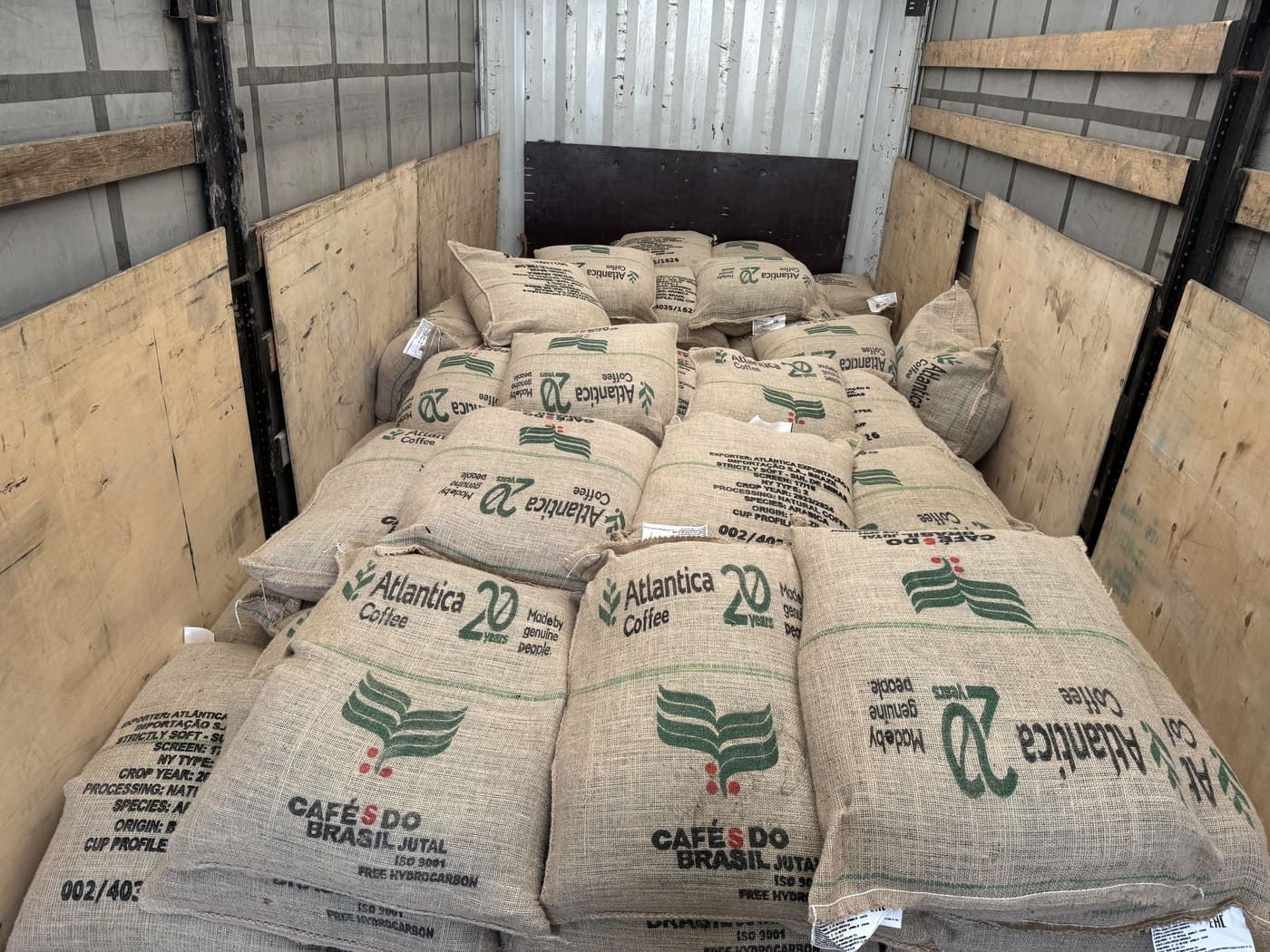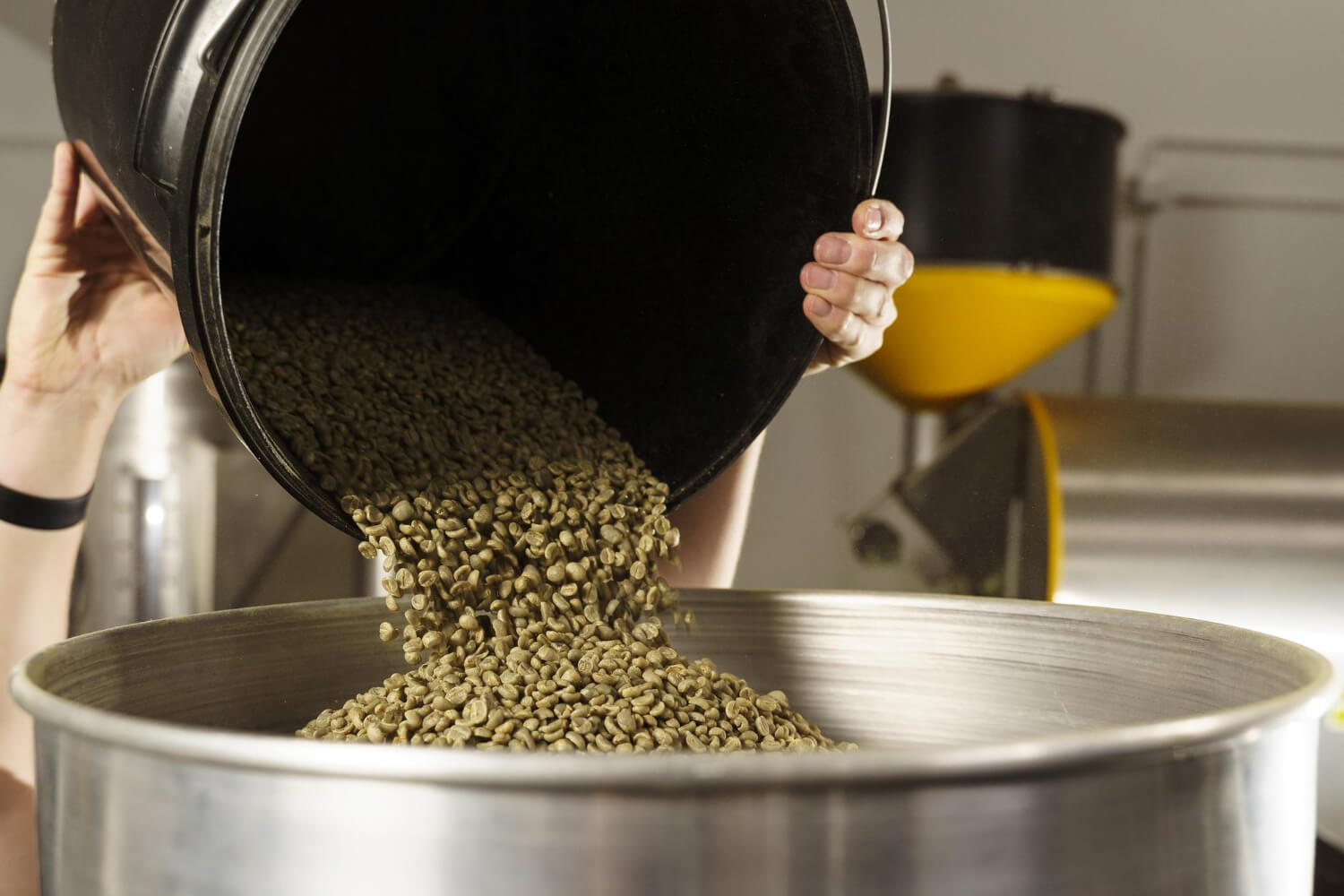Honey Processing and Carmo’s Family Farms: Flavor with a Story (Day 3)
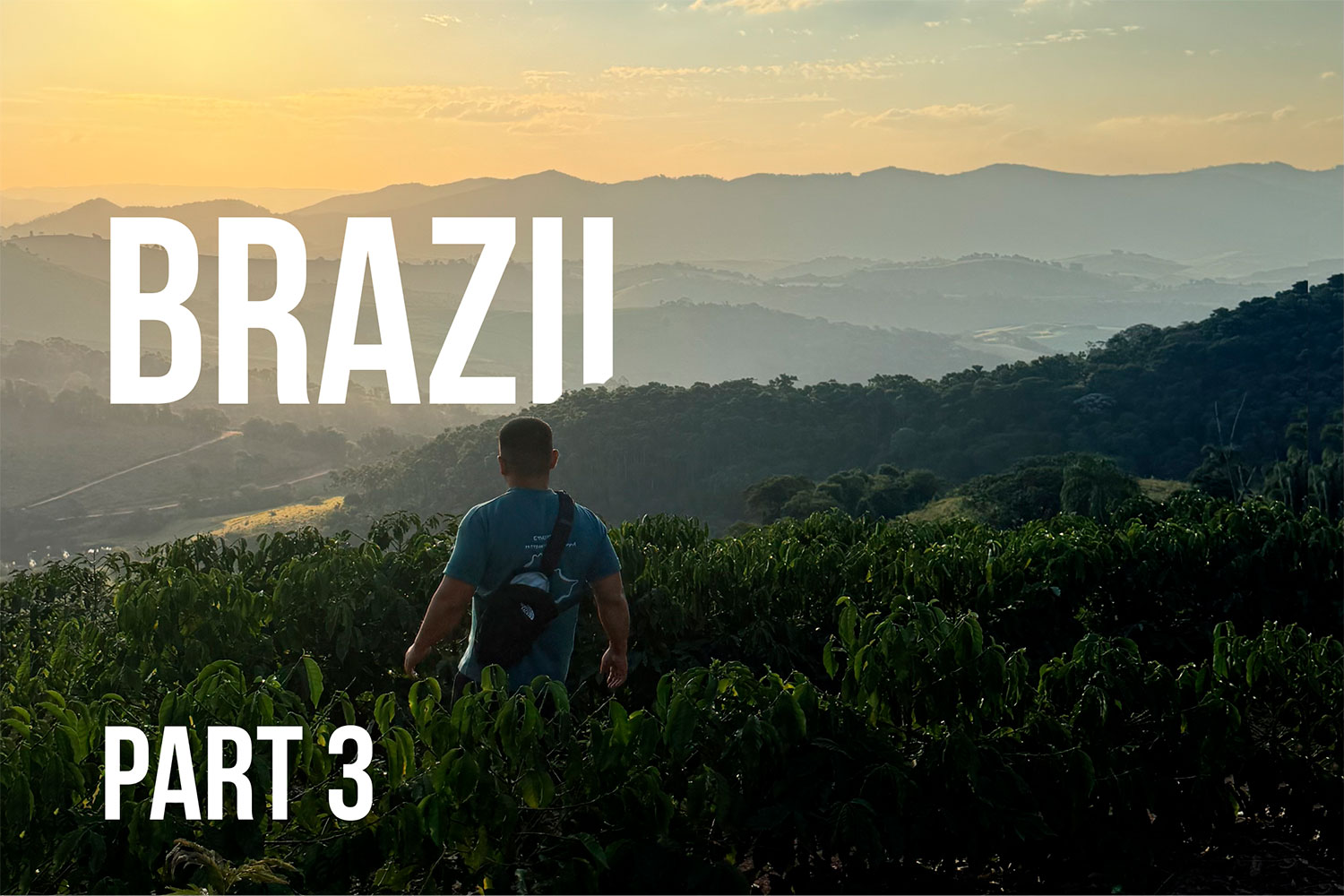
Each day of our trip revealed not only technologies but also the living history behind CarmoCoffees. To understand flavor, you need to know its roots — how knowledge is passed down and what lies behind each cup.
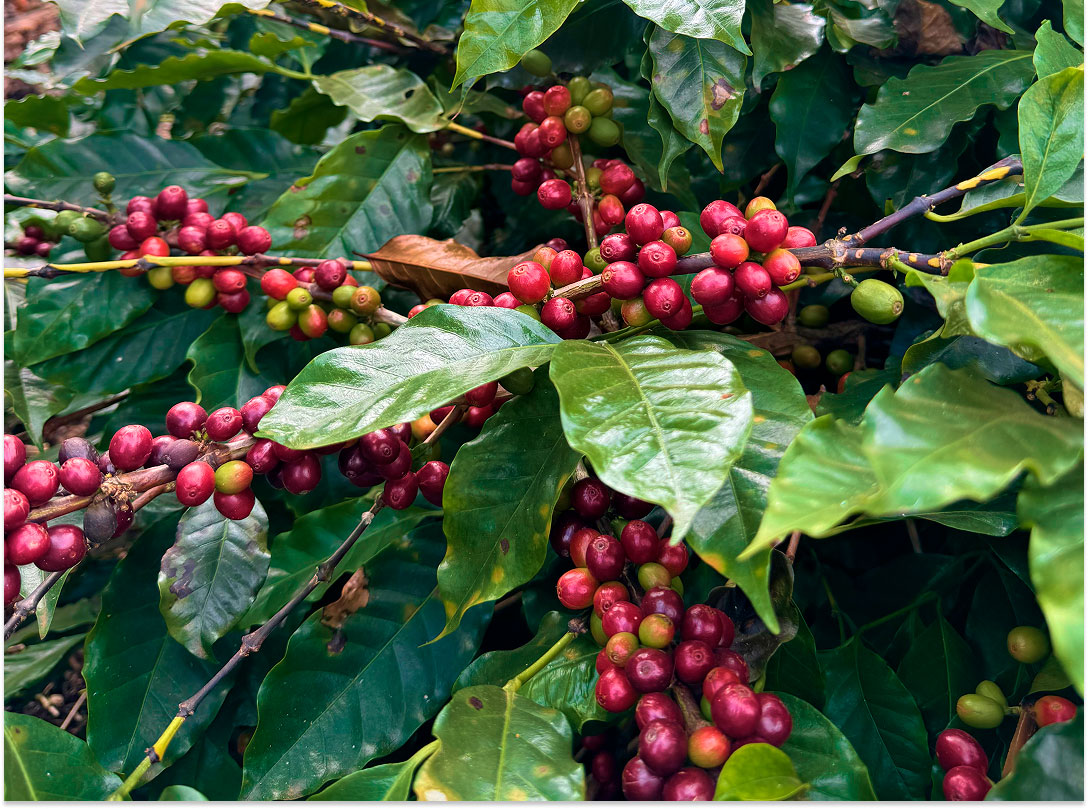
What’s behind rare honey processing and Carmo’s heritage?
On Day 3, we visited the Pitrao processing station, where honey processing is used — a rarity in Brazil. In short: the mucilage is partially left on the bean during drying, giving the cup more sweetness and body. These lots (перелинковка на каталог) typically result in more rounded, complex profiles — especially with a medium roast.
Processes at the station were tight: filtered water, protected soil, full traceability.
“Good coffee isn’t luck — it’s a system,” one farmer said, and we saw exactly what he meant.
Later, we drove into the mountains to a family farm where Carmo’s story began. Old photos, a wooden office, and breathtaking views — it all radiated legacy. It was a powerful moment of realization: behind this brand stands not marketing, but decades of work with land, coffee, and people.
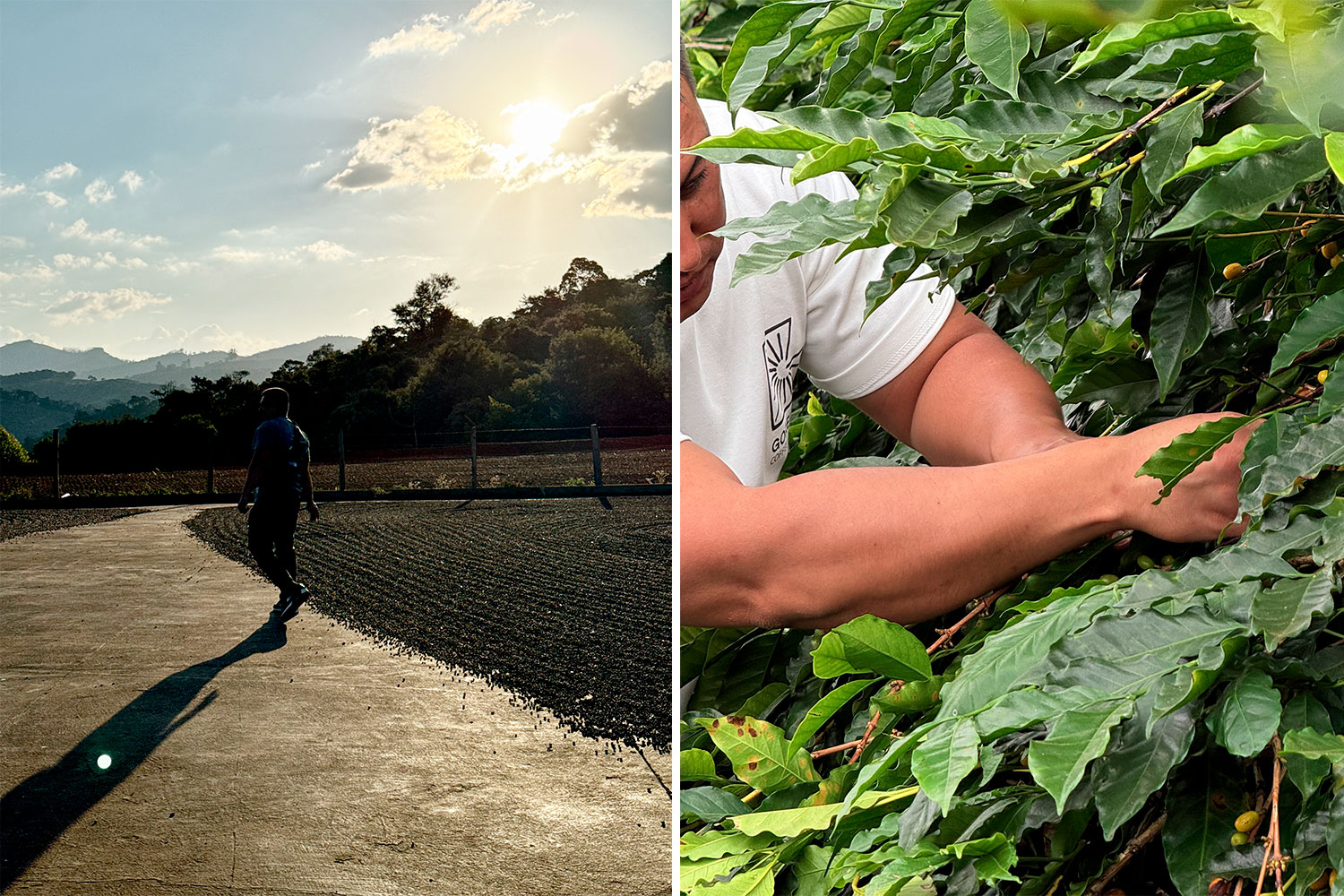
Why do we travel to origin ourselves?
Because you can’t sell coffee without understanding where it comes from. We don’t just buy lots — we participate in selection, cup on site, inspect processes, and talk flavor directly with producers. Only after that do we deliver the beans to those who will turn them into great coffee.
That’s how Green Coffee Hub works — your green coffee hub in Tashkent.
We supply green coffee directly across the CIS: Uzbekistan, Kazakhstan, Turkmenistan, Tajikistan, Kyrgyzstan, and Russia.
Want to sample coffee from our Brazilian partners?
• Send a request — we’ll send free green coffee samples
• We support you through the entire sourcing process: from choosing the lot to customs clearance
• We’ll tell you what’s already in stock and how quickly you can start roasting
Read about Day 4 — visiting CarmoCoffees’ warehouses
